An unexpected, and amazing, part of our experience of our time in Italy has been to live among the olive trees of Tuscany. You see them everywhere. Wise, solid and often ancient they stand firm through all weathers. They are the real natives of this gorgeous place.
The olive tree is treated with amazing respect by the people around us: for centuries they used their skin, juice, leaves, branches, bark and roots. Nowadays the main product is the oil, which is still the fuel of Tuscan life – the basis of daily cuisine and tourism, and an aid for ailments.
At school, a birthday is marked not by cake but by pane e olio (bread and oil) shared with the whole class: something my two kids are slowly adjusting to.
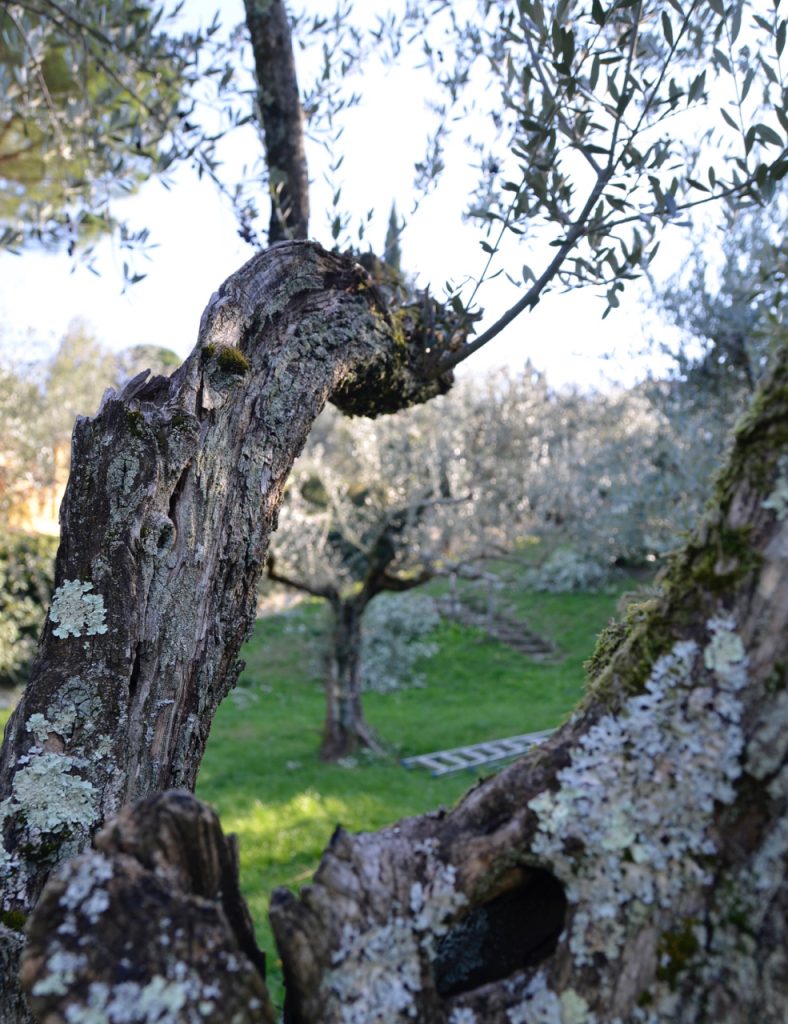
The freshly-pressed oil of harvest time (October-November) is the most precious of all, ideally from your own garden. People prefer to make their own oil, enough to last the whole year, and most families have land with trees planted somewhere in the area, or they source it from a family member or friend/colleague. It’s a let-down to buy your good oil from the frantoio or market, or at worst the supermarket. Always in the background is the fear of pests or memories of the catastrophic winter of 1985 when most of the trees in Tuscany were destroyed during a deep freeze.
We have olive trees in our (rented) garden and though there was no harvest this year due to an infestation we were really fortunate to join in last year’s communal work to pick the olives. This was an amazing chance for our kids to see the whole process and be a part of this incredibly strong tradition and lifestyle.
Over the course of two weekends we got together with the neighbours we somehow rarely see and with great cheer we laboured to pick the olives by hand. (Some big farms use machines to pick them but by hand is still considered the best way).
With five other families we worked to prune the trees, pick the olives, sort them and them haul them off to the local oil press where they were quickly turned into oil to be consumed right away. The pressing part was not romantic, it’s all done by machinery now but going there with your olives and coming home with your own, tasty oil is the best part of the experience.
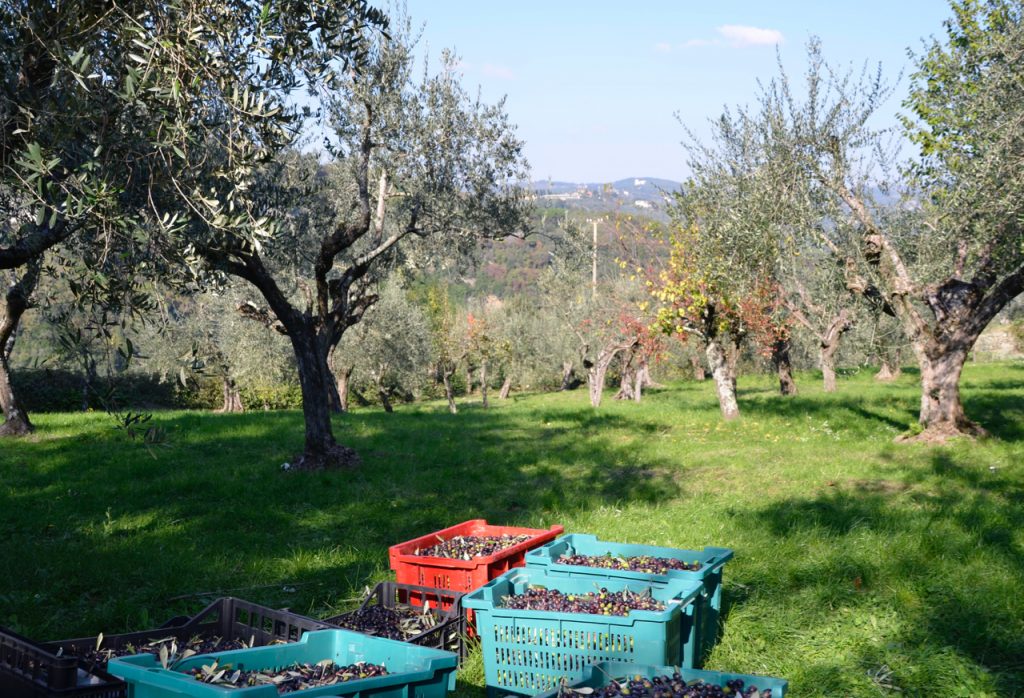
During the painstaking picking process we chatted with our neighbours, got to know each other better, picked up some useful swear terms and on the last day had a potluck lunch in the garden with plenty of wine, cake and some dancing. It was not unlike a Norwegian dugnad – that twice-annual get-together with the neighbours you steadfastly ignore to clean the street or paint the walls and drink beer.
From the 40 trees in our common garden each family came away with about 8 litres of delicious cloudy, tangy oil – which we could happily certify as being organic and fair trade. Each tree yields about a litre of oil. Our trees were only planted 30 or 40 years ago but already they show some of the amazing character of those ancient trees: they’re starting to split off into two parts, merging into the general landscape of the garden. Promising to live longer than any of us.
————–
I took these photos during last year’s communal harvest in our garden.
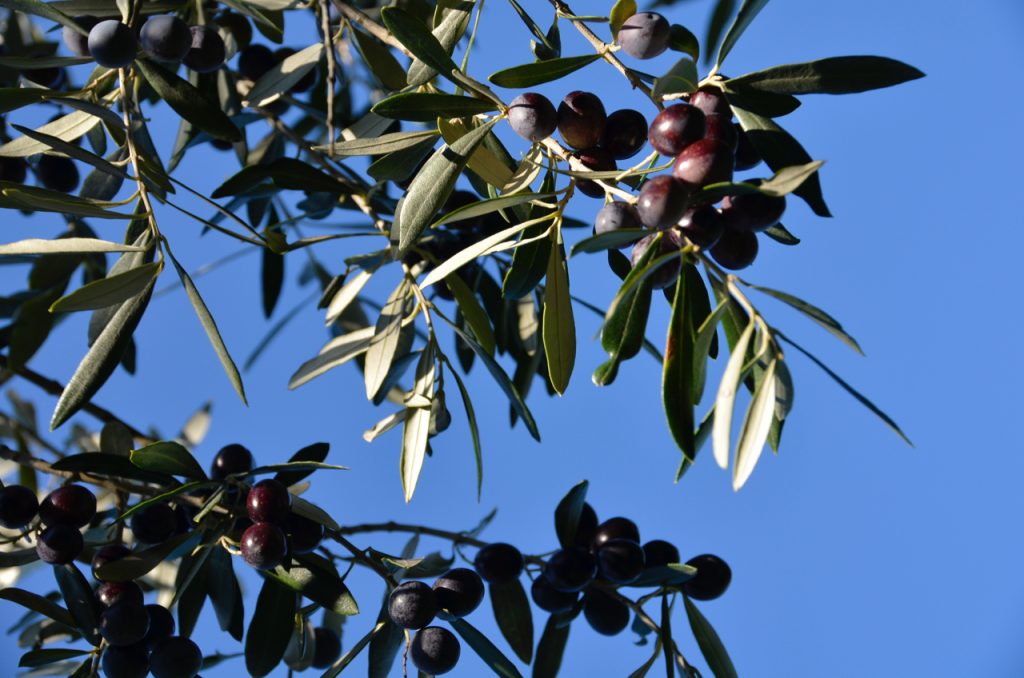
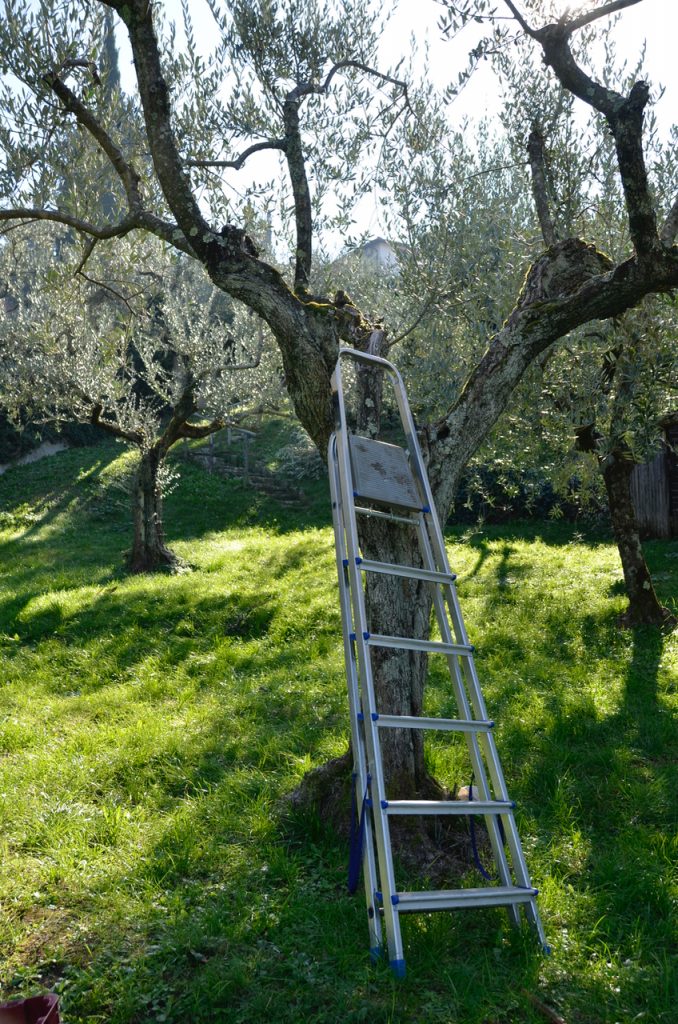
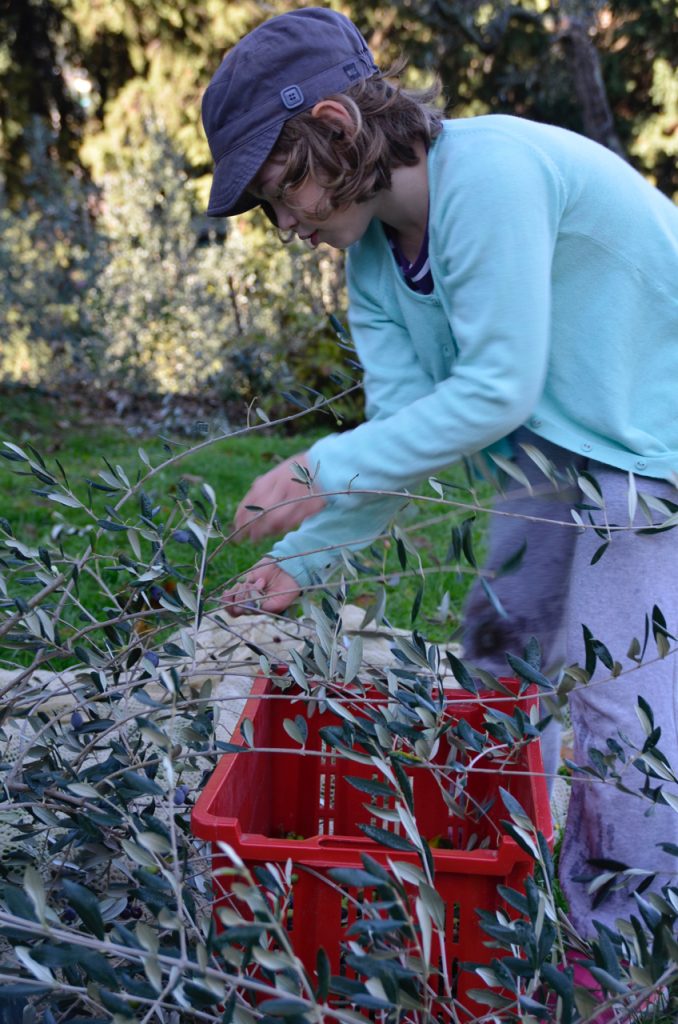
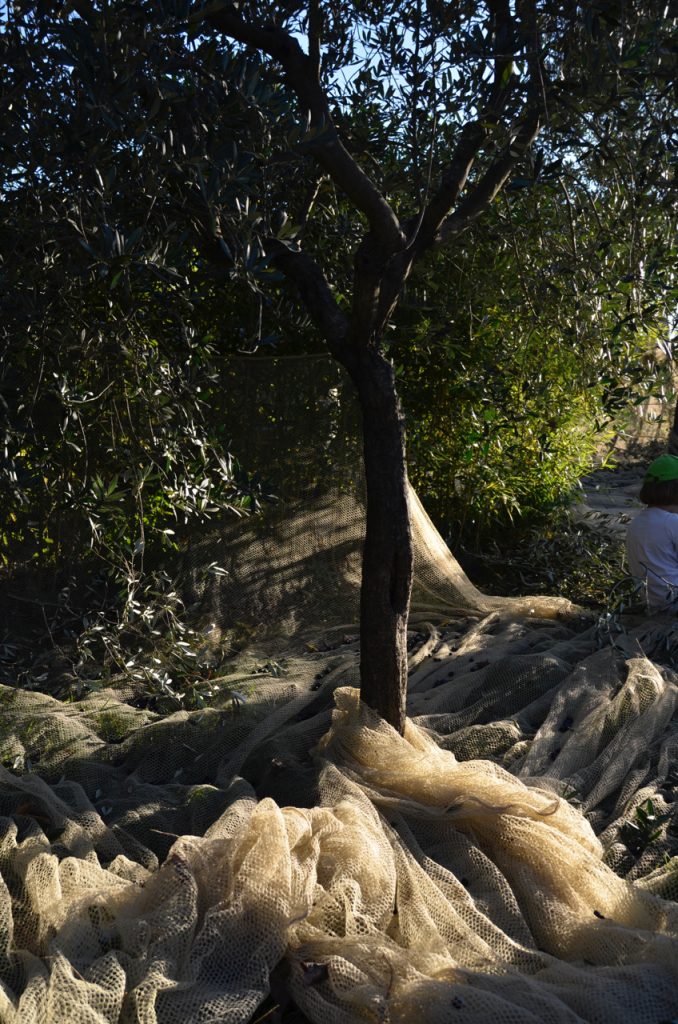

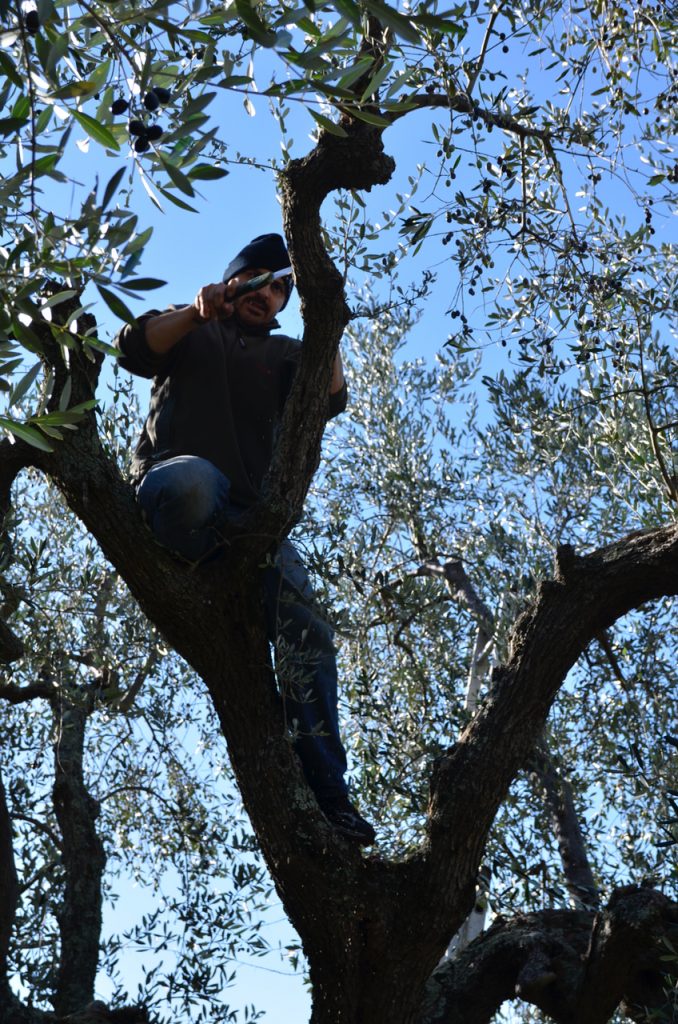
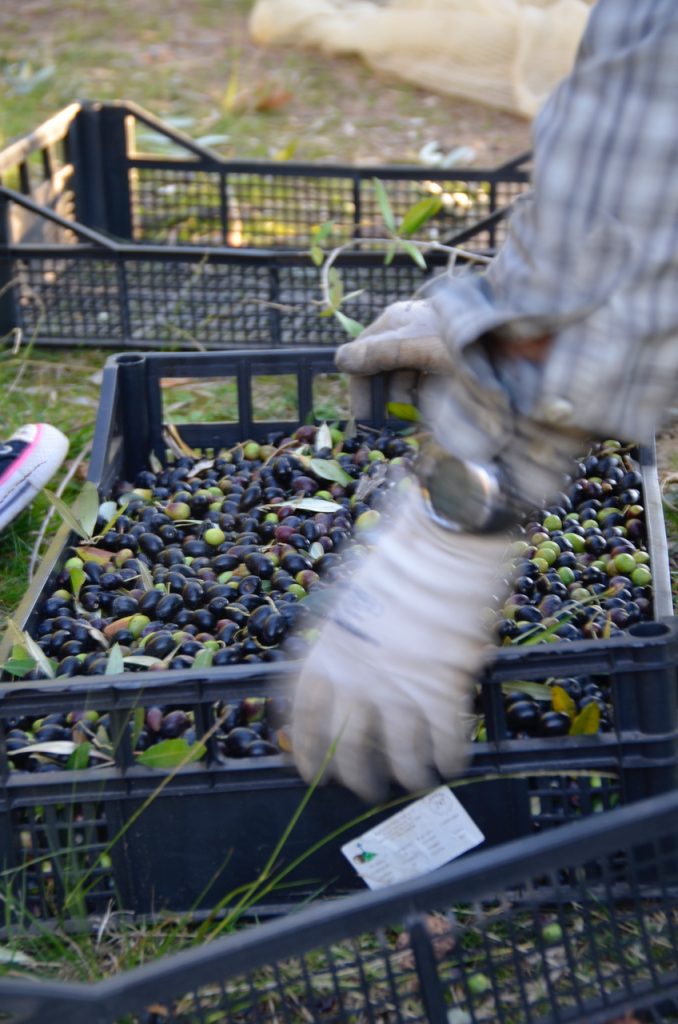
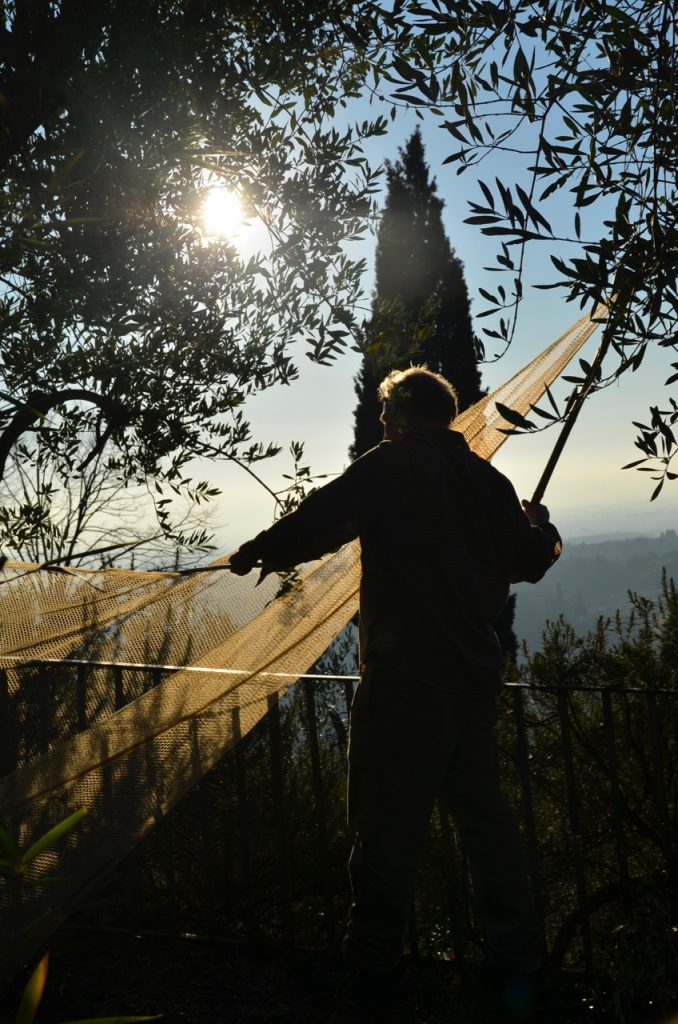
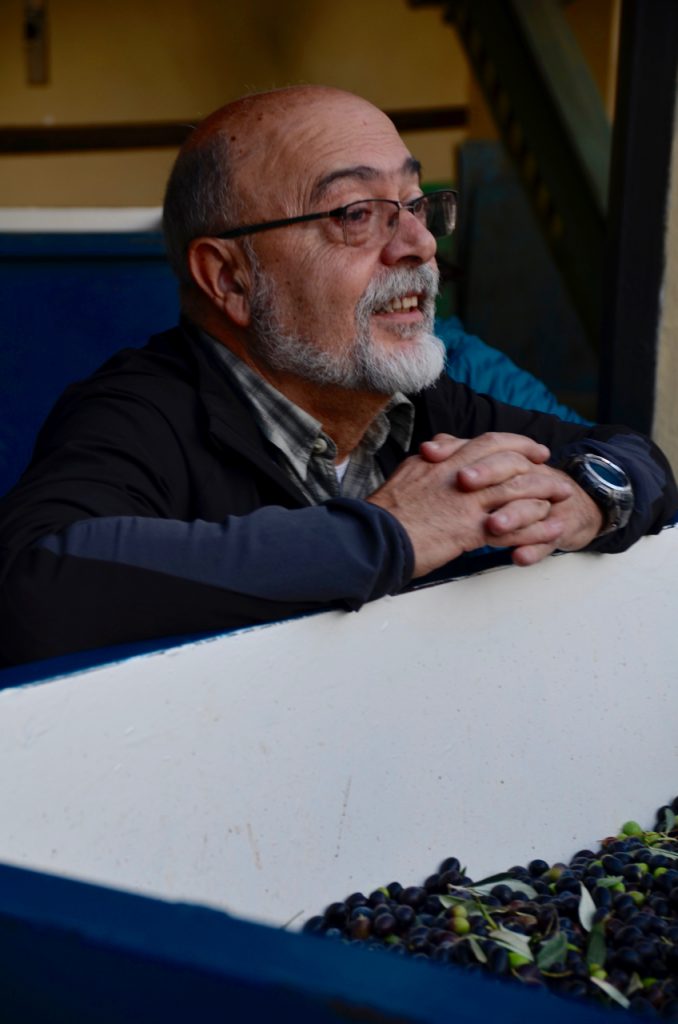
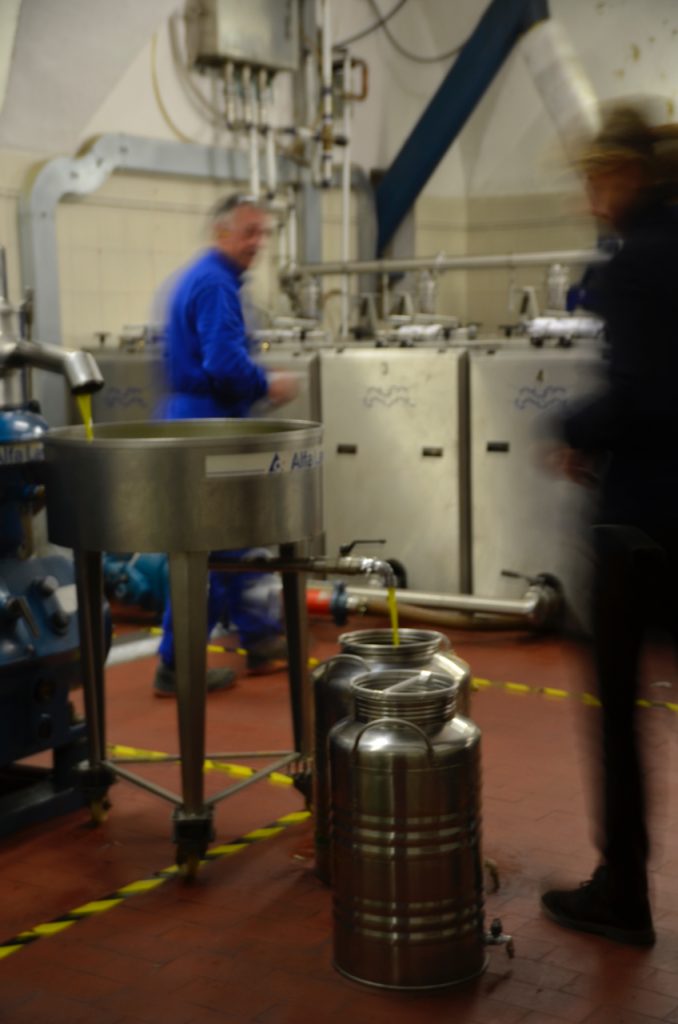
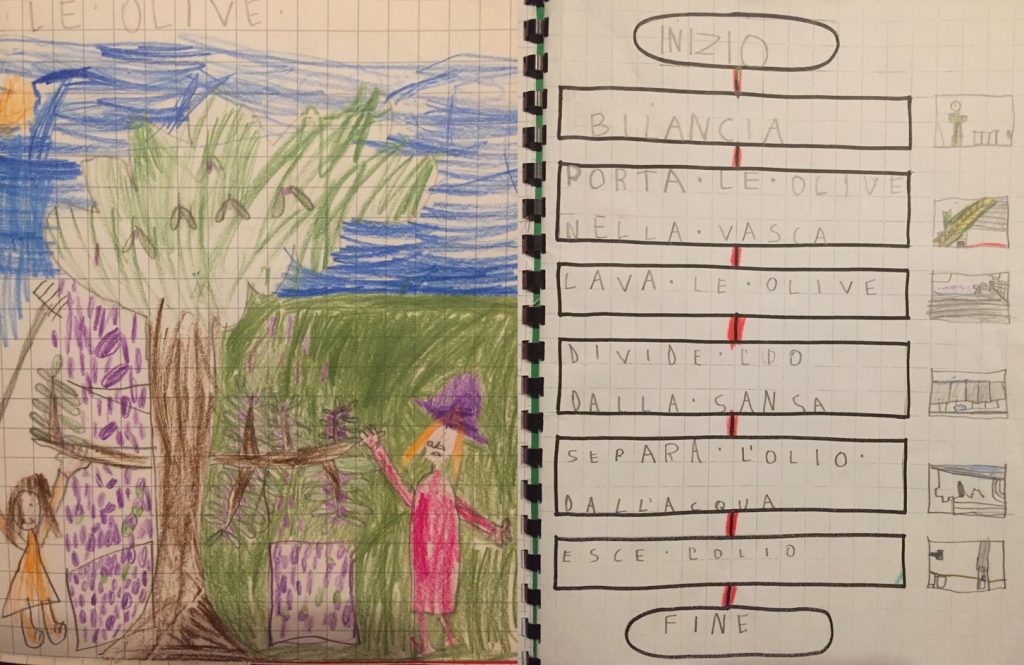
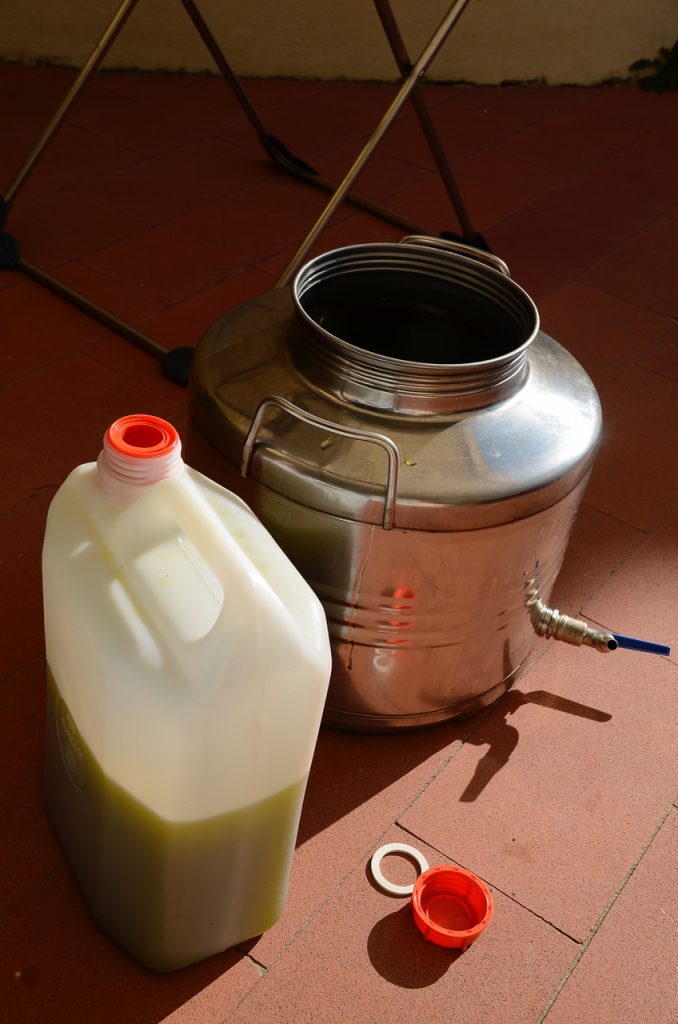
And how did it taste? Buonissimo!